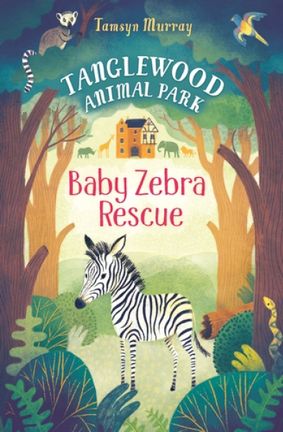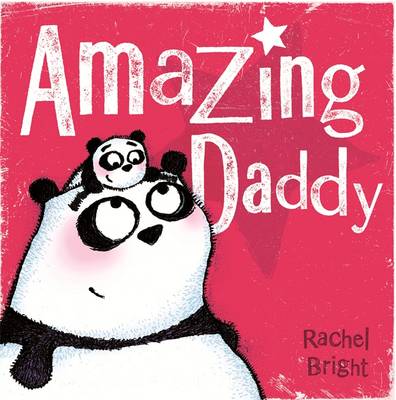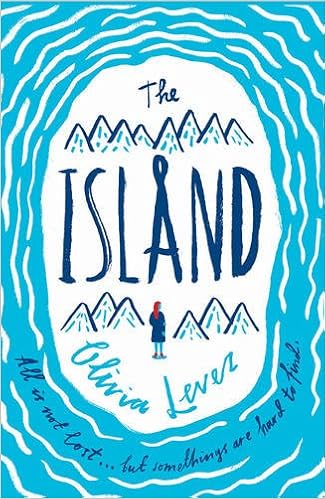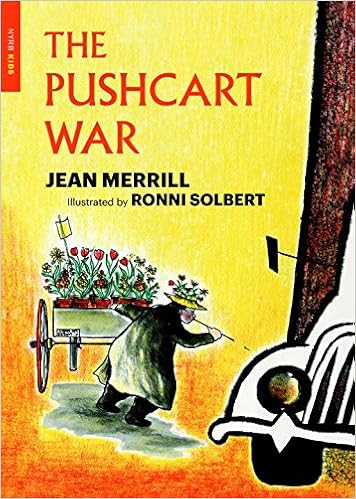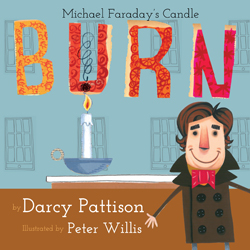Having a passion for
anything can sometimes lead to disappointment, particularly if you have set
your hopes on it and so it can be with reading.
I have a passion for reading; I want to read every book that comes my
way, I then want to share the joy that I have experienced. Rarely is there a book that I do not enjoy
and because I am reading for myself as well as to share with others I am conscious
of the fact that even if I did not enjoy the book others will, it may just be
that it was not quite the book for me.
This happens. Very rarely am I
ever truly disappointed by a book. Very
often I love a book and the books take me by surprise with their enjoyability!
And so it is, as someone
with a passion for books and reading that I read A LOT! Usually a book a night, thus with a train
journey into and out of London this week I had the chance to read more …
From Usborne and Tamsyn
Murray came Tanglewood Animal Park: Baby
Zebra Rescue a delightful story that is perfect for animal lovers. Zoe and her little brother have grown up
around zoo’s – that is where their parents work and now they are about to live
in their own zoo, but all is not well, with poorly and injured animals, a
physical structure in need of repair and a very moody vet’s son to contend with
will the zoo open on time and will everything be in place? This is a charming story for those who love
animals yet at the same time also a story about friendship, understanding and
learning to give and take.
Sedric
and the Roman Holiday Rampage
by Angie Morgan, Egmont, continues the medieval adventures of Sedric and the
gang, this time trying to undo all the trouble caused by Baron Dennis’ rather
unpleasant son. Packed with humour and
delightfully illustrated by the author this is a wonderful addition to the
series and will have readers laughing with every turn of the page.
Moving up the age groups
I came to Magrit by Lee Battersby
(Walker Books). This is a sparse and
haunting tale, appropriately set in an abandoned cemetery where Magrit lives
with her friend Master Puppet. They live
happily and peacefully until a passing stork drops a bundle and despite his
best efforts to dissuade her Master Puppet sees Magrit growing ever closer to
the new addition with unfortunate consequences.
A masterful and moving story, delicately and beautifully told.
Then the book that truly
took me by surprise, Songs About a Girl
by Chris Russell (Hodder Children’s Books).
As a book about a boy band and a young girl I am sure you can imagine
where I thought this was going … but it didn’t.
This is an honest and truthful story about the trials and tribulations
of fame, about understanding people and friends, how they work and why. Charlie is a great character the true geek
yet hiding a streak of rebellion whilst Melissa, the archetypal best friend may
not be all that she seems and the same applies to the boyband. With a rollercoaster ride of emotions this
book is packed with page-turning elements and is a really good read.
Father’s Day was last
Sunday and what better way to celebrate that by asking dad to read you a story
about … Dad’s?
If your dad is new to
his role then you could start off with School
for Dads by Charlotte Guillain and illustrated by Ada Grey (Egmont) through
which your dad will learn about how not to be late for pick up, how to pay
attention to you and not his phone and how sometimes the children just need to
take charge! Dad’s will learn an lot
from this delightful book, children will love the action in the pictures and it
will have created a wonderful sharing experience too.
The
Best Bit of Daddy’s Day
by Claire Alexander (Egmont) anthropomorphises the roles of father and son into
Daddy and Bertie, two dogs, both delightful and appealing to small children. Bertie’s daddy is a driver of wonderful
trucks and diggers and of course Bertie would love to do this too so when he
discovers a special surprise waiting for him at school it seems that their days
may well be just the same. This is a
lovely, simple story, about understanding, overcoming anxiety and sharing
experiences.
Amazing
Daddy by Rachel
Bright (Orchard Books) features two pandas, Daddy Panda and Little Panda
sharing a day together all their special moments. Celebrating the special relationship between
father and son this is a warm, loving book and the perfect title for father’s
day.
